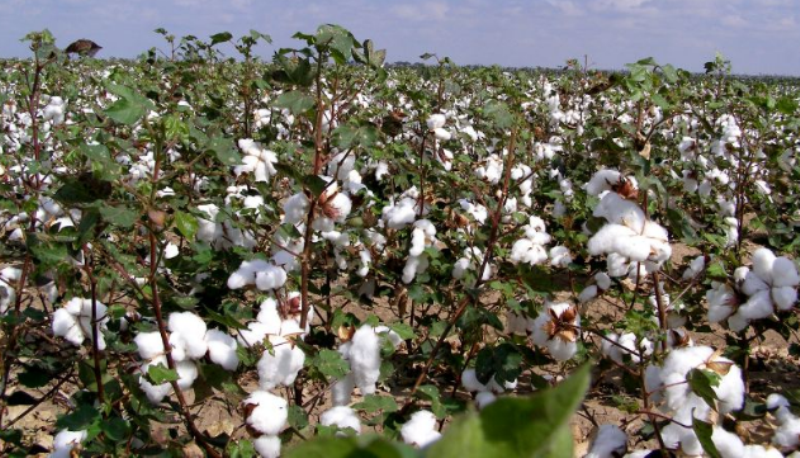
The Cotton Association of India (CAI) published its first cotton crop estimate for the season starting October 2019 with a bigger crop size at 354.5 lakh bales (each of 170 kg) that is higher by about 42.5 lakh bales, as compared to 312 lakh bales reported in 2018-19.
There is a rise in cotton crop estimates for the 2019-20 season because of the higher acreage if compared to that of the last season. According to government data, total cotton farming for the current kharif season is at 127.67 lakh hectares that is about 7 lakh hectares more than 121 lakh hectares in the previous year.
President, Cotton Association of India, Atul Ganatra said that "Moreover, the CAI estimates yields to be higher as India has received a good rainfall this year. But, there are reports of damage to the crop in some pockets because of flooding due to excess rainfall. Keeping this in mind, increase in crop is restricted to 13.62%".
In the new season, total cotton arrivals for October 2019 are projected at 13.40 lakh bales.

Meanwhile, the annual balance sheet shows that total cotton supply for the season ending on September 2020, is at 403 lakh bales. The opening supply at the beginning of the season was at 23.5 lakh bales and the imports are estimated at 25 lakh bales.
The domestic usage is estimated at 315 lakh bales and the exports are estimated at 42 lakh bales. The carryover stock calculated at the end of the season is 46 lakh bales.
On the other hand, the US Department of Agriculture in its viewpoint on India's cotton crop last month released the estimation of India's cotton crop at 305 lakh US bales (each of 217.7 kg) that works out to 390 lakh India bales.
US Department of Agriculture in its international outlook on cotton crop released on 15th October, 2019 said, "Production in India, leading cotton producer is estimated at 30.5 million bales, 15% above 2018-19 & the second highest on record - as both area & yield in 2019-20 are expected higher. Harvested area in the country is predicted at a record 12.9 million hectares in 2019-20, because domestic prices & internal support price prospects favor cotton over competing crops".















